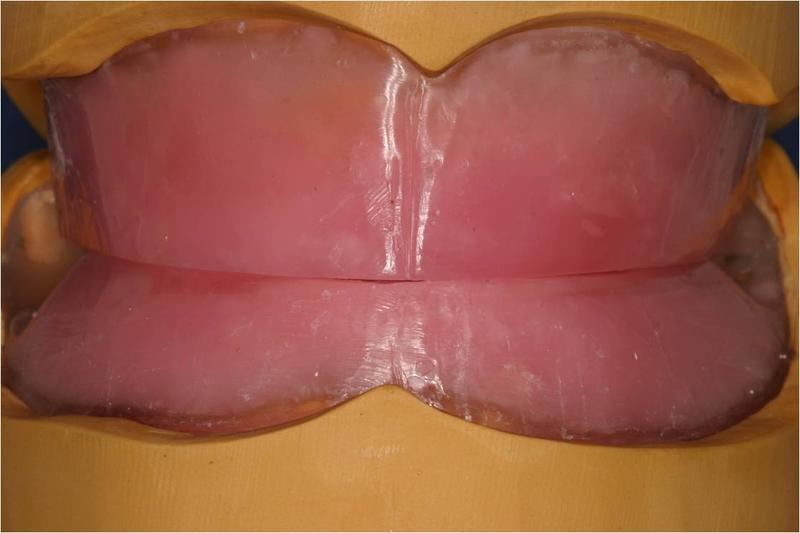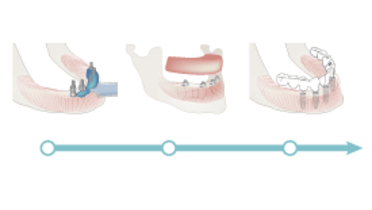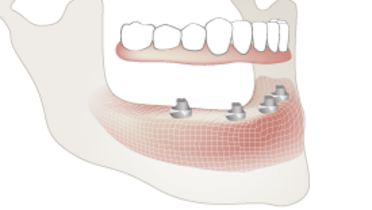-
0
Patient Assessment
- 0.1 Patient demand
- 0.2 Overarching considerations
- 0.3 Local history
- 0.4 Anatomical location
- 0.5 General patient history
-
0.6
Risk assessment & special high risk categories
- 5.1 Risk assessment & special high risk categories
- 5.2 age
- 5.3 Compliance
- 5.4 Smoking
- 5.5 Drug abuse
- 5.6 Recreational drugs and alcohol abuse
- 5.7 Parafunctions
- 5.8 Diabetes
- 5.9 Osteoporosis
- 5.10 Coagulation disorders and anticoagulant therapy
- 5.11 Steroids
- 5.12 Bisphosphonates
- 5.13 BRONJ / ARONJ
- 5.14 Radiotherapy
- 5.15 Risk factors
-
1
Diagnostics
-
1.1
Clinical Assessment
- 0.1 Lip line
- 0.2 Mouth opening
- 0.3 Vertical dimension
- 0.4 Maxillo-mandibular relationship
- 0.5 TMD
- 0.6 Existing prosthesis
- 0.7 Muco-gingival junction
- 0.8 Hyposalivation and Xerostomia
- 1.2 Clinical findings
-
1.3
Clinical diagnostic assessments
- 2.1 Microbiology
- 2.2 Salivary output
-
1.4
Diagnostic imaging
- 3.1 Imaging overview
- 3.2 Intraoral radiographs
- 3.3 Panoramic
- 3.4 CBCT
- 3.5 CT
- 1.5 Diagnostic prosthodontic guides
-
1.1
Clinical Assessment
-
2
Treatment Options
- 2.1 Mucosally-supported
-
2.2
Implant-retained/supported, general
- 1.1 Prosthodontic options overview
- 1.2 Number of implants maxilla and mandible
- 1.3 Time to function
- 1.4 Submerged or non-submerged
- 1.5 Soft tissue management
- 1.6 Hard tissue management, mandible
- 1.7 Hard tissue management, maxilla
- 1.8 Need for grafting
- 1.9 Healed vs fresh extraction socket
- 1.10 Digital treatment planning protocols
- 2.3 Implant prosthetics - removable
-
2.4
Implant prosthetics - fixed
- 2.5 Comprehensive treatment concepts
-
3
Treatment Procedures
-
3.1
Surgical
-
3.2
Removable prosthetics
-
3.3
Fixed prosthetics
-
3.1
Surgical
- 4 Aftercare
上下颌位关系
Key points
- 对于上下颌位关系,咬合堤可建立垂直距离并描绘咬面、唇线、笑线和中间线
- 如果相对颌具有可拆卸修复体,则优先选择平衡咬合方案
重新建立横向和矢状颌关系
在全口缺齿患者的治疗过程中,一个目标是重新建立横向和矢状距离上的上下颌位关系,从而达到足够的面部高度。 相应地定义义齿之间的咬合接触情况。 为了对旧义齿进行评估,并创建体现最终修复结果的牙齿排列,初步诊断和规划阶段使用了多个修复参数。 此插图是传输到最终固定修复体的信息的来源。 如果相对颌用可拆卸修复体修复,则建议选择平衡咬合。
咬合堤技术
在最终模型上制作记录基托和咬合堤的技术仍被视为确定缺齿患者的上下颌位关系和咬面间记录的黄金标准。 咬合堤可建立垂直距离并描绘咬面、唇线、笑线和中间线。记录基托通过粘膜支撑,或者使用现有种植体进行固定。如要获得准确的上下颌位关系记录,记录基托的稳定性必不可少。通常,下颌记录基托没有上颌记录基托稳定,因此,使用现有种植体来固定和稳定记录基托在下颌中的影响比较大。
使用各种技术和材料可以记录上下颌位关系。在理想情况下,所采用的技术能够获得无压迫感的病人口述的正中颌位关系。在某些临床情况下,可能需要就下颌接近正中颌位关系获得牙医指导。记录介质的理想特性包括,设置时间较短,设置牢固且能自由流动,对患者闭合的阻力可以忽略。



